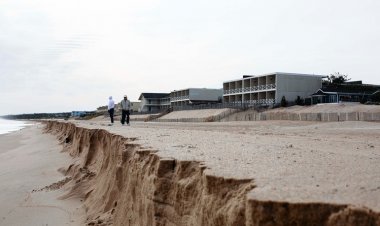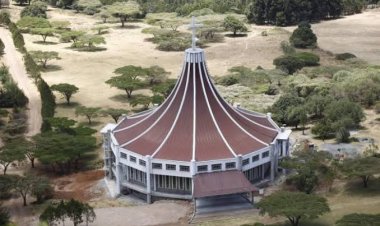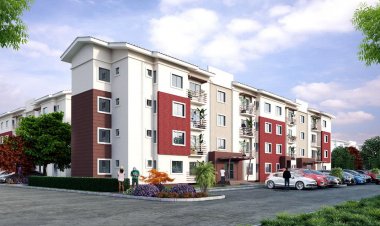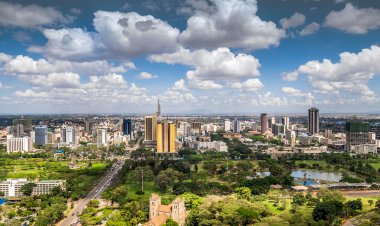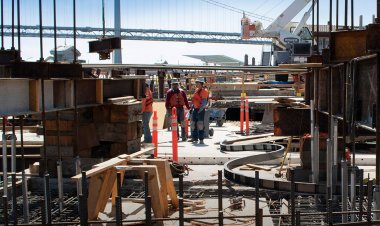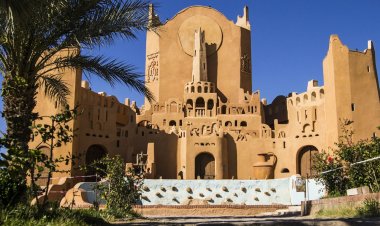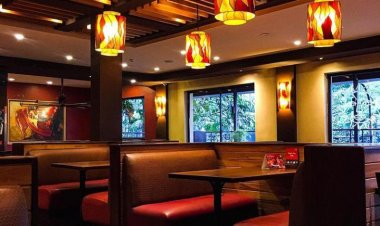Nairobi Eastlands Demolitions: Is The County Gentrifying the Estates?
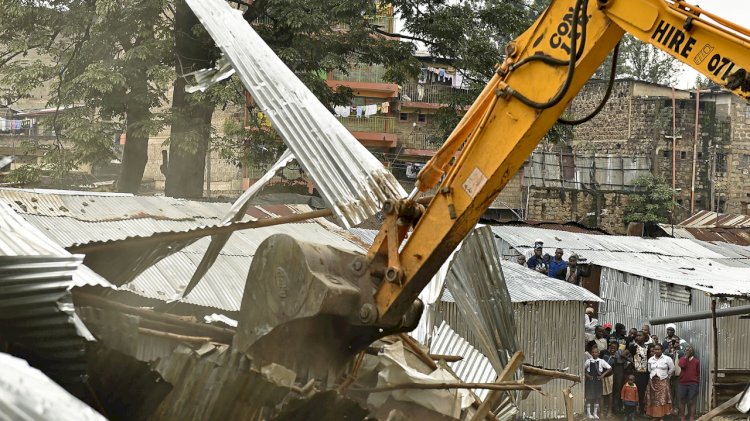
At least 15,250 structures in informal settlement areas in Nairobi’s Eastlands District have been brought down since December last year, 2019.
Those settlements include those in Mukuru kwa Njenga, Imara Daima, Mukuru kwa Reauben, Sinai Village, Kayole and Umoja.
From the country’s major power supplier, Kenya Power initiating the demolitions to the government approving plans to re-develop those estates, which calls upon them being demolished, the residents have been left stranded in the cold.
According to the urban renewal plans, the Nairobi County government intends to put up more than 80,000 new homes which are expected to accommodate 650,000 people. They further intend to have 20 per cent of the buildings for social housing.
The new housing units will be built for resale in a $500million public private partnership, where private investors are offered the land at subsidized rates. The houses already demolished and those marked for the same will soon be replaced with high-rise buildings
The scheme’s design is being carried out by the county government and the University of Nairobi.
The total Eastlands area covers some 800 hectares and the council is the principle landowner.
While this is the government’s plan, they are yet to give the residents of those areas alternative places of habitat leaving most of them living in fear of one day finding their homes flattened. In May, 2019, bulldozers flattened buildings in Githurai 45, one of the marked areas for demolition to reclaim a 250-acre public property.
The move followed another demolition in March, that left over 3, 000 houses brought down in Mihang’o and Njiri by Kenya Power. The power distributer accused the affected of building on way leaves and sewer lines. The Kenya Railways Corporation is another parastatal that has been criticized by the residents and the local leaders for pushing for the demolitions of the houses in those areas.
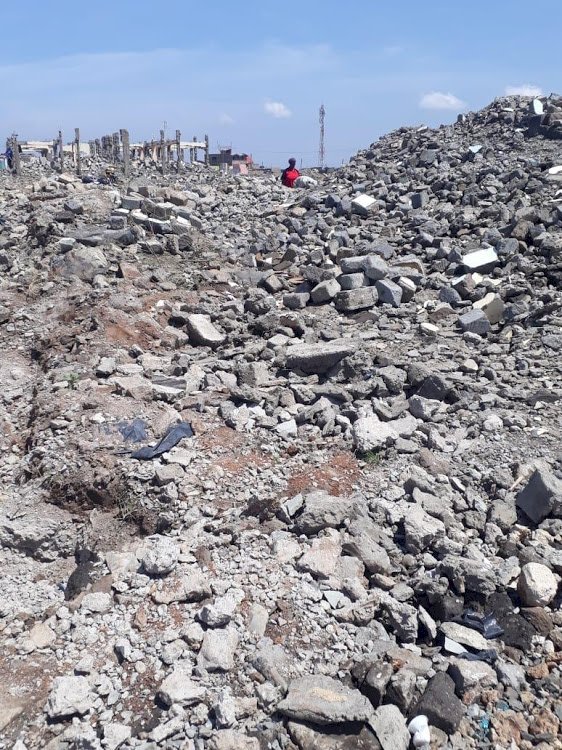
[Remains from a demolition carried out in Nairobi, Eastlands Area. Photo/Courtesy.]
During the time, the President, Uhuru Kenyatta through the Head of Public Service, Joseph Kinyua, stopped the demolitions.
Most Eastlands landowners were allocated the property by the defunt City Council through balloting and many of them do not have ownership documents. In 2018, the government launched a land titling programme for Eastlands, but the exercise ran into headwinds after the county started demanding Ksh30, 000 per plot before issuing the titles.
Some of the estates marked for demolition are as old as the capital city, with some of them having been built in the 1920s. At the time, most of the houses were built by the colonialists to house government workers near their workplaces in the current day central business district. Whereas some estates like Kaloleni were built to house World War II veterans.
For some of the residents, those houses are the only homes they have known their whole lives. Most families currently residing in those houses inherited from their fore-fathers up to their third generation.
Ezra Olack, who spoke to a local media station about his house, noted, “This house was originally owned by my grandfather who fought in the Second World War but never returned home from battle.” Olack still resides in the same house in which he was born in back in 1974.
He further mentioned that just like in the past days, the Nairobi City County (NCC) collects rent for the main house but not the extensions. The tenants then collect rent from the extensions, which many of them use the pay the NCC rent since a majority of them are unemployed.
For someone who inherited the house to change the the ownership to his own name has to go through a process that will cost him Ksh2, 500 at City Hall.
Like most residents, Olack decries the demolitions complaining that the county government intends to “demolish the houses and allocate the land to wealthy people in the name of upgrading.”
Many of the residents claimed that the county government has neglected the houses, as they offer no services such as fixing the water systems, deliberately with the intention of condemning then as inhabitable.
According to the initial agreement when the houses were built by the government, the houses were supposed to be have been given to the occupants after 25 years but up until today, the residents still pay rent of Ksh1, 800 to the county. Today, the houses are 15 years shy of being 100 years old and the residents see no signs that the County intends to give them up.
Despite the government promising to build better housing facilities for the residents in these estates, they live in fear that once the houses are put up, they will not be able to afford them. Rightly so, their fears and concerns ought to be looked into. Is this another case of gentrification in those estates?
Gentrification is when a neighbourhood exponentially improves so that it becomes livable for the middle class. Although gentrification may seem as a positive change, the lower income residents who originally lived in those areas often get priced out of the neighborhood.











